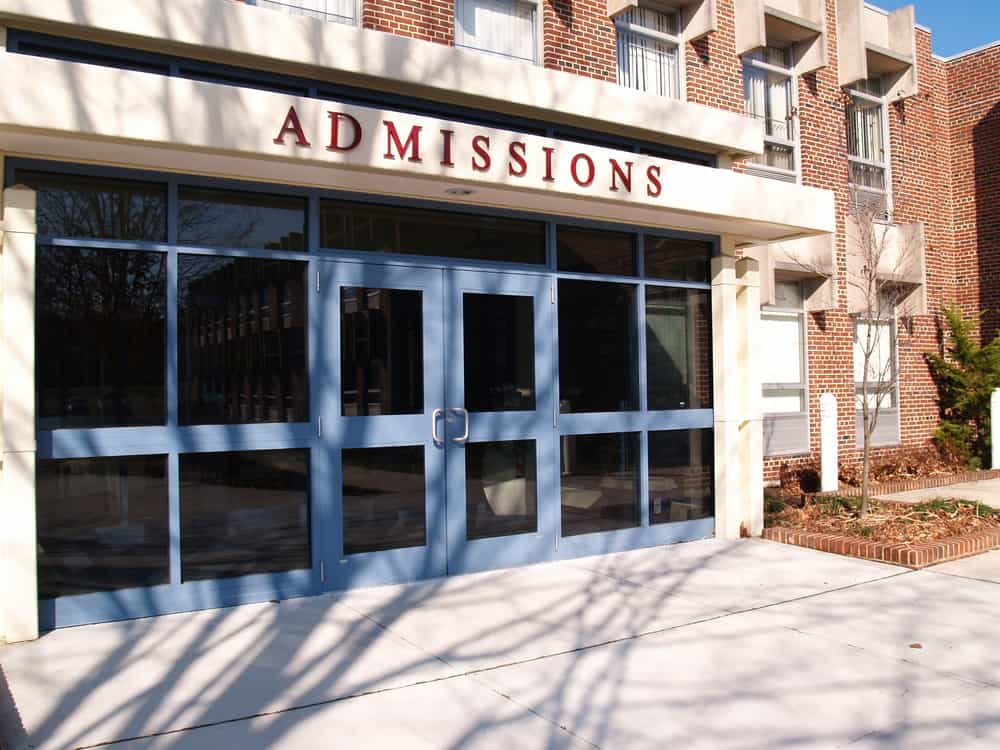
When you are researching colleges, here is another question to ask: are the professors hard graders?
Do any of the schools on your child’s list favor the anti-grading inflation policies of Princeton University?
Or is your child looking at schools that are more like Brown University which has the reputation of giving out easy “A’s.”
The grading policies are especially relevant because of a new study that found that 23 admissions officers at four competitive MBA programs favored applicants with higher grades even when they were told that applicants with lower GPA’s attended colleges with tougher grading policies.
Inside Higher Ed wrote an article – Study Suggests Admissions Decisions Rewards Grade Inflation – on the study this week. Here is background on the research which the journal PLOS ONE published:
Learn More About Grade Inflation
You can learn more about this grading phenomenon at the website of GradeInflation.com, which is the creation of Stuart Rojstaczer, a former Duke Professor.
I wrote about the scholar’s work in a CBS MoneyWatch post three years ago. If you check out my post you will see the schools with the toughest and easiest grades from his study:
Grade Inflation: Colleges With the Easiest and Hardest Grades
Where Are the Easiest Graders?
In my CBS MoneyWatch post I noted that the most elite public and private universities tend to dispense much easier grades. Princeton is a notable exception.
In a paper on grade inflation, Rojstaczer argued that affluent students who tend to go to these schools in much higher numbers are receiving an unfair advantage by getting easier A’s. These students (and their parents) feel they are entitled to higher grades because they managed to gain admission into the nation’s most elite schools.
In Rojstaczer’s study, the average GPA at private schools was 3.30 and at some of these schools the average was 3.5 or even 3.6. At Brown University, two thirds of the grades were A’s.
Schools With Tough Grading
Professors at less selective colleges and universities, where students don’t have that sense of entitlement, tend to give out lower grades. Overall, students at state universities earn lower grades than their peers at private schools.
According to Rojstaczer, the average GPA is 3.01 at state schools, but the GPA at many state flagships, where the students bodies are typically much more affluent, the GPA is 3.2.
One of the interesting conclusions that the academic made was that students at regional state schools, such as California State University Fullerton, tend to have some of the hardest grading policies.
Here is a grade chart that illustrates the phenomenon from GradeInflation.com:



Are there also some schools where most of the classes are 4 credits rather than 3 so that students have a lighter course load. I believe RPI is one such school?
@Linda. RPI has one of the hardest curriculums on the planet with the least grade inflation. Classes range from 1 credit to 4 but generally students are required to take an average of 10 classes a year to graduate in four years. I had 40 classes required to graduate so credits don’t really mean anything.
Could it be that the students at the less selective schools are, on average, less driven, and thus less trying to reach for that perfect grade, whereas students at top schools will not turn in a paper that’s not A-worthy in their eyes?
I’ve seen quite a few classes where getting an A was extremely difficult in terms of level of achievement expected, and quite a few students rose to the occasion resulting in many A’s..; and other classes where the expected level of achievement for an A was lower and still many students failed to reach that level (in many cases due to lack of studying/editing/reviewing.) If you compared the number of A’s, you’d think the first school was easier, when in fact it wasn’t at all – in fact, it was much harder.
Fascinating. Would love to dig deeper into the data. But in a general comment, this may be mirroring behavior in society as a whole. Today, “average” is a synonym for failure. If something is not above average, then it is useless. Who buys a car that get’s rated as “average?” In the work world, the focus is on rewarding the A performers all out proportion to either their population or actual contribution while ignoring the solid citizens. Who wants to be a solid citizen performer when only the A’s get rewarded? The same for grad school — the minimum acceptable GPA to stay in school is a 3. So that means everyone in grad school has to be above average. Don’t forget schools and the NCLB where top performers can be listed as failing because they didn’t improve on being an A school.
With all that background and the cost of college today, perhaps the question shouldn’t be why is there grade inflation, but why isn’t it worse?